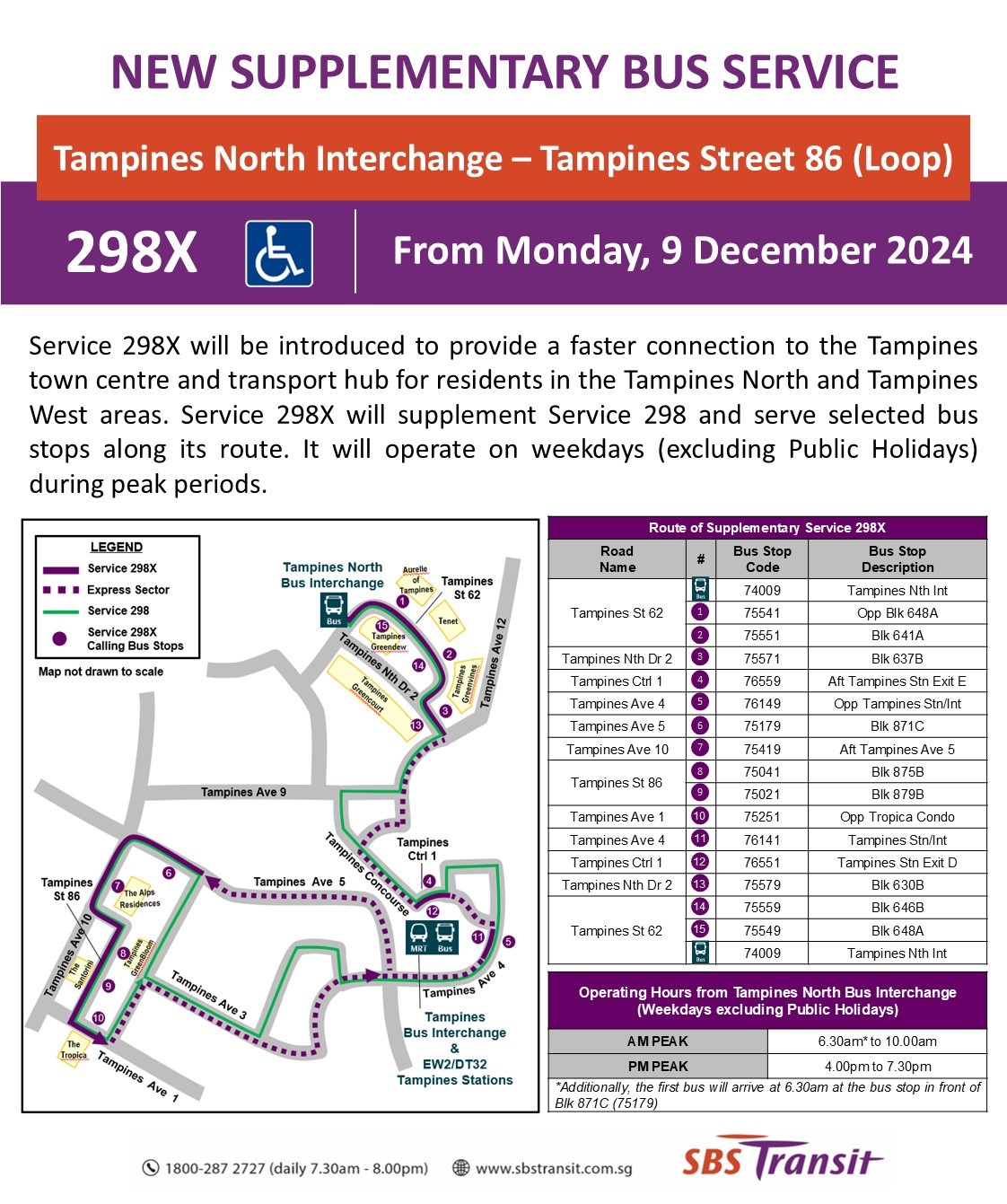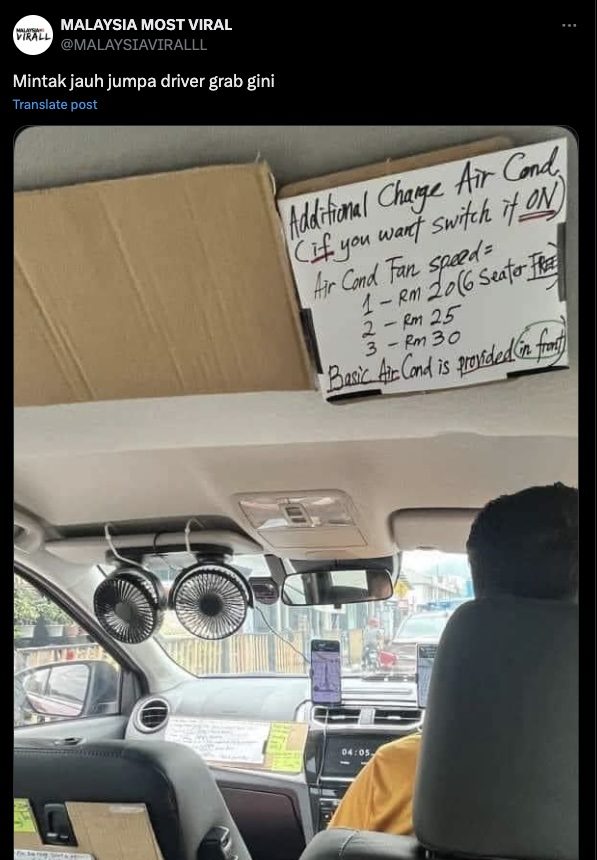SINGAPORE: Something uniquely belonging to The Little Red Dot recently made it yet again on another world’s best list.
This time, Terminal 2 of Changi Airport was recently announced as one among the Prix Versailles’ list of the World’s Most Beautiful Airports for 2024.
Singapore’s Changi Terminal 2 has just undergone a major redesign. It reopened in November of last year after renovations started in 2021, embracing a nature-themed approach.
The terminal’s showcase is arguably The Wonderfall, described on the airport’s site as “A mesmerising spectacle inspired by nature.”

Since 2015, Prix Versailles awards have been given in celebration of exceptional design and architectural achievements around the globe.
Read related: Singapore’s Changi Airport is ranked 1st—and 2nd—best airport in the world by travellers
Previous winners in the airport category have been Terminal 2 of the Arturo Merino Benítez International Airport in Santiago, Chile, and Shenzhen Bao’an International Airport in China.
This year’s six winners are Boston’s Logan International Airport Terminal, the Kansas City International Airport, Abu Dhabi’s Zayed International Airport, Mexico’s Felipe Ángeles International Airport Zumpango in Mexico, Thailand’s Suvarnabhumi Airport’s Midfield Satellite Terminal 1, and Singapore’s very own Changi Airport Terminal 2.
@mackmamplata No wonder it’s the best Airport in the world! ✈️🌎 @changiairport 📍The Wonderfall, Changi Airport T2 This digital waterfall cascades among lush green walls to create a mesmerizing, calming spectacle. ✅ Use my Klook Code 𝗠𝗔𝗖𝗞𝗞𝗟𝗢𝗢𝗞 for extra 5-8% discount on Hotels & Activities Anywhere! ✨ #Wonderfall #ChangiAirport #Singapore #Klook #KlookPH #KlookTravel #KlookKreator #Kreatorverse @klookkreator @klooktravel @klook_ph @klooksg @visit_singapore #fyp #foryou #BestOfTiktokPH
The airports will then compete against the awardees of other categories for the three 2024 World Titles (Prix Versailles, Interior, and Exterior). The ultimate winners will be announced at the UNESCO Headquarters on Dec 2.
France’s BOIFFILS Architectures is the genius behind the new design.
Jérôme Gouadain, the Secretary General of the Prix Versailles, said in a press announcement, “Infrastructure for air travel is evolving, with an increasing awareness of the eminently cultural role that it plays.
Because airports are responsible for visitors’ first impressions, each one is a poster child for its destination.
By showcasing cultural assets, an airport’s design and layout can foster a form of tourism in which travellers are encouraged to be respectful and attentive.
Preserving a territory’s heritage resources – natural, cultural, and social – is vital to developing sustainable tourism.
The other categories include campuses, passenger stations, and sports centres.
It is commendable that airport communities are at the heart of these changes,” the UK-based Condé Nast Traveller also recently published its Readers’ Choice Awards 2024.
Last month, the UK-based Condé Nast Traveller published its Readers’ Choice Awards 2024. In the poll among 575,048 magazine readers, Changi Airport emerged as the readers’ choice of the Best Airport in the world.













